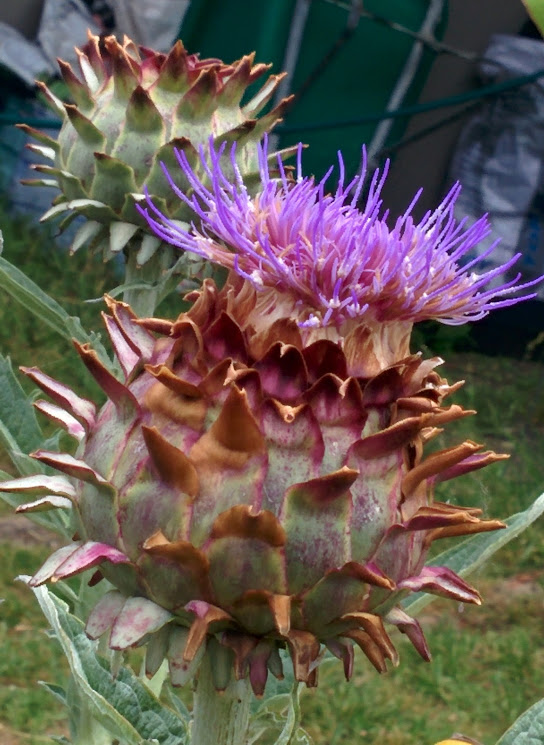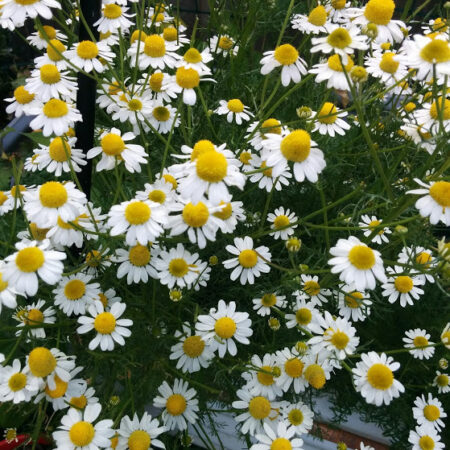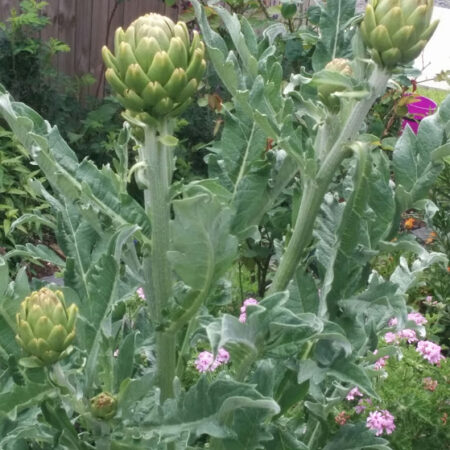Description
Cardoon (Cynara cardunculus) is a dramatic, architectural perennial in the daisy family (Asteraceae), closely related to the globe artichoke. Native to the Mediterranean, cardoon has long been grown both as an ornamental and a food plant, prized for its bold, silvery-grey foliage and stately thistle-like flowers that tower above the garden in summer.
Plants form large clumps, typically 1.5–2 m tall and 1 m wide, with deeply cut leaves that shimmer with silver. In summer, tall stalks bear large violet-purple flower heads, beloved by bees and beneficial insects. The flower buds resemble artichokes but are generally smaller and less commonly eaten. Instead, it is the thick, fleshy leaf stalks that are traditionally blanched and harvested as a vegetable — tender, mild, and slightly artichoke-flavoured when cooked.
Cardoons thrive in full sun and well-drained, fertile soils, and are relatively hardy once established. In New Zealand, they will tolerate light frost but may need some protection in colder areas. They are drought-tolerant once settled, making them a good choice for low-maintenance or Mediterranean-style gardens.
Beyond the kitchen, cardoon is a showstopper for cottage and ornamental gardens, lending bold structure and drama to borders. It is also a pollinator magnet, its huge thistle-like blooms humming with bees in summer.
Medicinally, cardoon has been used much like artichoke as a bitter digestive and liver-supporting herb. Its leaves contain compounds that stimulate bile flow, aiding digestion and supporting detoxification. Traditionally, it has been used for sluggish digestion, to help regulate cholesterol, and as a gentle tonic for overall liver health.






